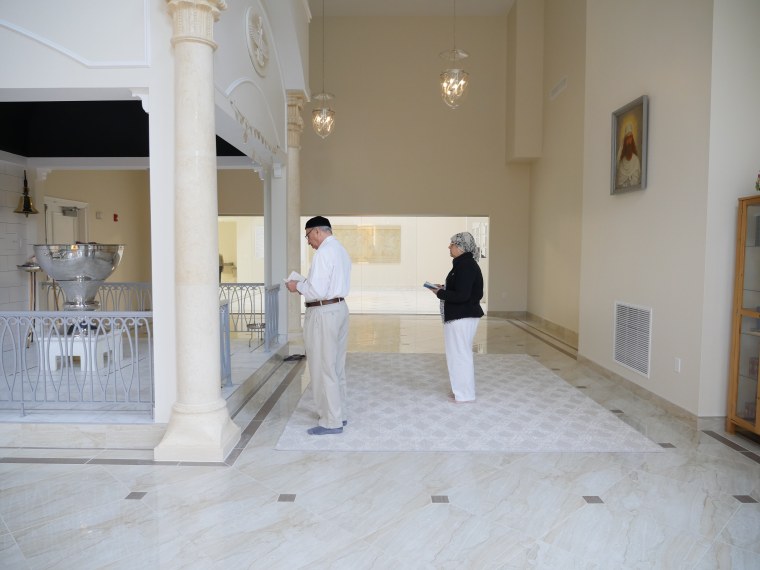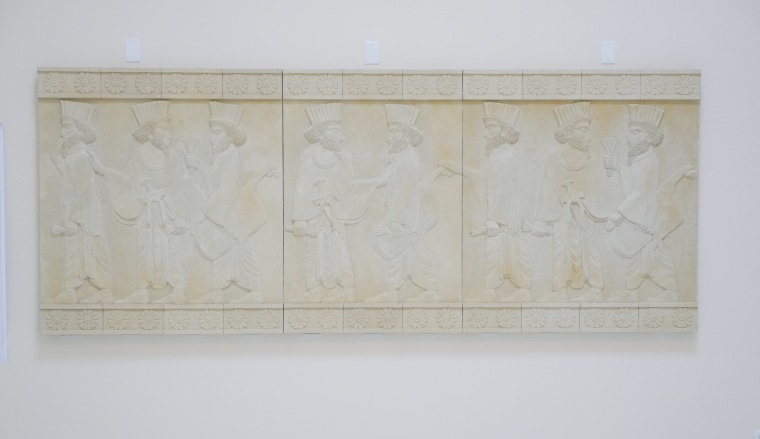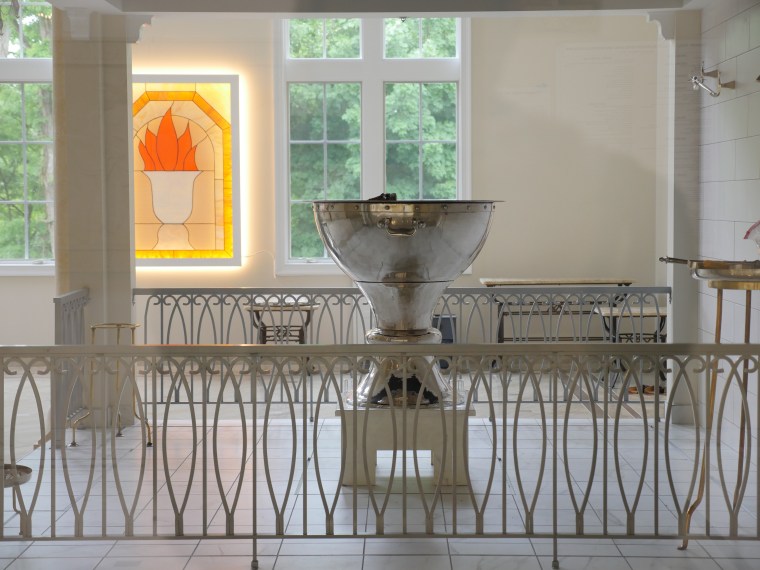"I think most of the human race subscribe to [the tenets of good thoughts, good words, and good deeds]. So when I heard that I said, 'Hey, OK, so I'm a Zoroastrian.'"
That realization from actor Morgan Freeman during an NPR interview in April came after Freeman finished filming "The Story of God," a documentary series for the National Geographic Channel.
Freeman, who himself played God in the 2003 film "Bruce Almighty," said he was surprised to learn that his basic tenets aligned with Zoroastrianism — one of the oldest, but smallest, religions in the world.
In New York, the effort of about 1,000 Zoroastrians throughout New York, New Jersey, and Connecticut over four years of local, national, and international fundraising secured $4.5 million to construct the Dar-e-Mehr Zoroastrian Temple, a religious center which was completed in March. Located on Pomona Road in Suffern, New York, the temple was constructed in line with traditional Iranian architecture and draws on the fire temples constructed by Zoroastrians in India. (Fire is an important component of Zoroastrian rituals and prayers, symbolizing the divine spark or inner light of truth burning in all human hearts.)
“This temple is…a focal point…an establishment for [Zoroastrians] so we can gather around and develop our community,” Fuad Adib, a member of the Iranian Zoroastrian Association (IZA), told NBC News.
On Thursday, the IZA, along with Iranian Zoroastrians, will recognize Tirgan, a mid-summer festival celebrating water. The day is celebrated by splashing water, reciting poetry, and dancing.
Although Tirgan is an ancient Iranian custom, Zoroastrianism also has a large following in India. Following its inception, the faith flourished as the court religion of three Persian empires from 558 B.C.E. to 652 C.E. Following, the Muslim invasion of Persia in 652 C.E., devotees fled to the western shores of India. The majority of Zoroastrians are now present in Iran and India.
Zoroastrianism is also considered to be the earliest recorded monotheistic faith. Over 3,000 years ago, the Iranian prophet Zarathustra, raised one of the deities present in Iranian theology, the Ahura Mazda, the Wise Lord, as the one supreme God. Coupled with the idea of one God, Zarathustra included the earliest mentions of a messiah, heaven and hell, and free will, all characteristics of the Judaic, Christian, and Islamic faiths.

But despite its history, followers of the faith are estimated to be 200,000 around the world — a small number, but one that has significant reach in the U.S. and abroad, from Europe to Africa to Australia. In New York, Zoroastrians preserve and share their cultural identity through ZAGNY, a nonprofit, cultural and educational organization connecting members of the tri-state area of New York, New Jersey, and Connecticut.
Growing up in Mumbai, Astad Clubwala, president of ZAGNY, received the religion by “osmosis” from community members and family. Today, young Zoroastrian members can learn about their faith at the Dar-e-Mehr Zoroastrian Temple, but the sense of community Astad felt as a child is still present in ZAGNY’s actions.
ZAGNY has served as an ambassador for the Zoroastrian community at official events in the United Nations, the Persian Day Parade at New York City, and New York City Mayor’s Celebrations during Nowruz, the Iranian new year.

The temple hosts four-tiers of religion classes for children as young as five years old to 14, and regularly hosts lectures for the Zoroastrian community on various aspects of living.
The Dar-e-Mehr Zoroastrian Temple, which is home to both ZAGNY and IZA, is still constantly expanding its socio-cultural programs as its community grows. Arzan Sam Wadia, a member of ZAGNY and the vice president of FEZANA (Federation of Zoroastrian Associations of North America) told NBC News he believes that the temple’s greatest significance lies in its ability to unite its people with its Zoroastrian roots abroad.
“Finally, after 40 years, this temple roots us in an architecture that is reminiscent of where we come from and portrays and creates this permanency for the future that this is now our permanent home and we are here for good,” Wadia said.
Follow NBC Asian America on Facebook, Twitter, Instagram, and Tumblr.

